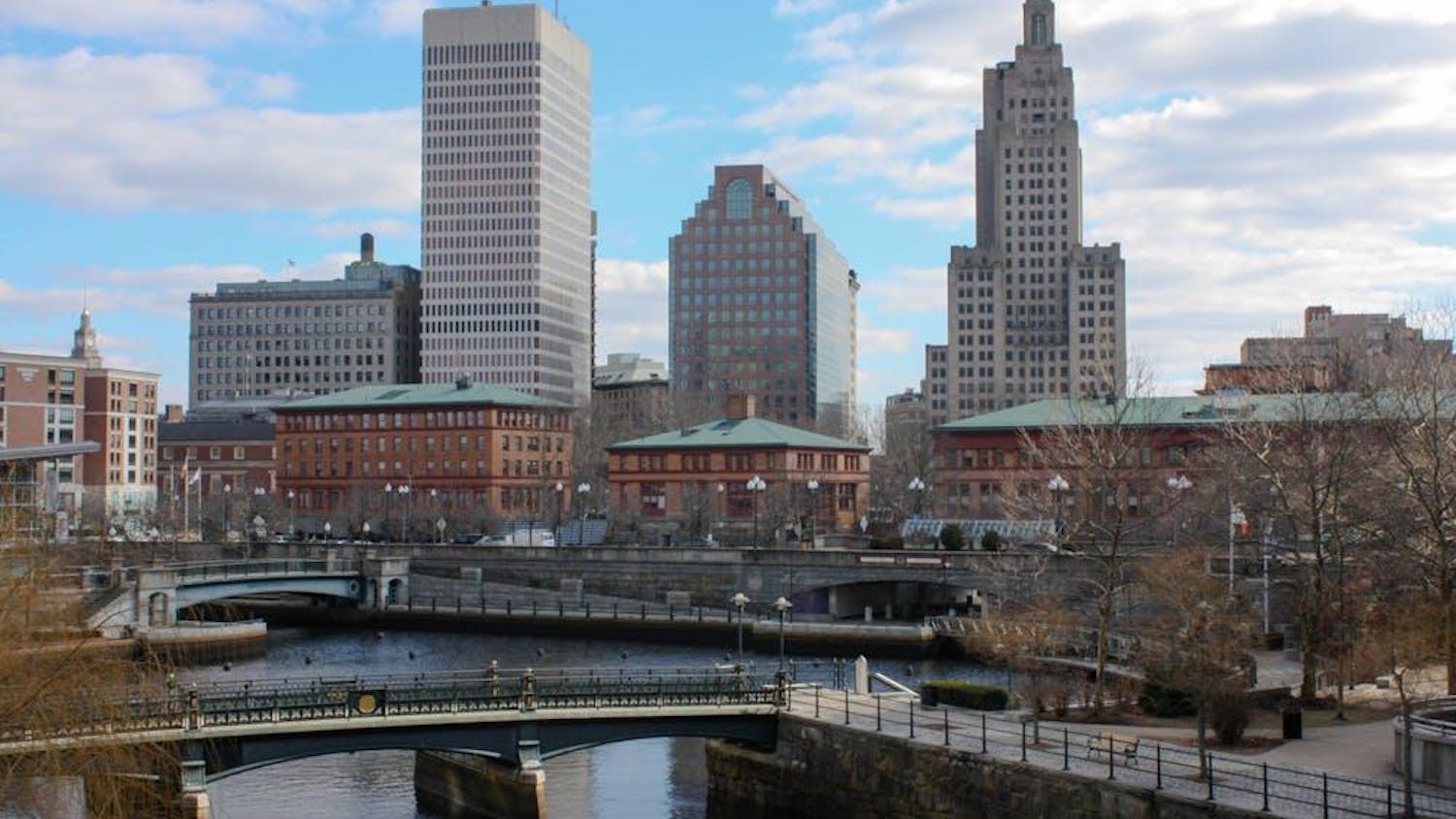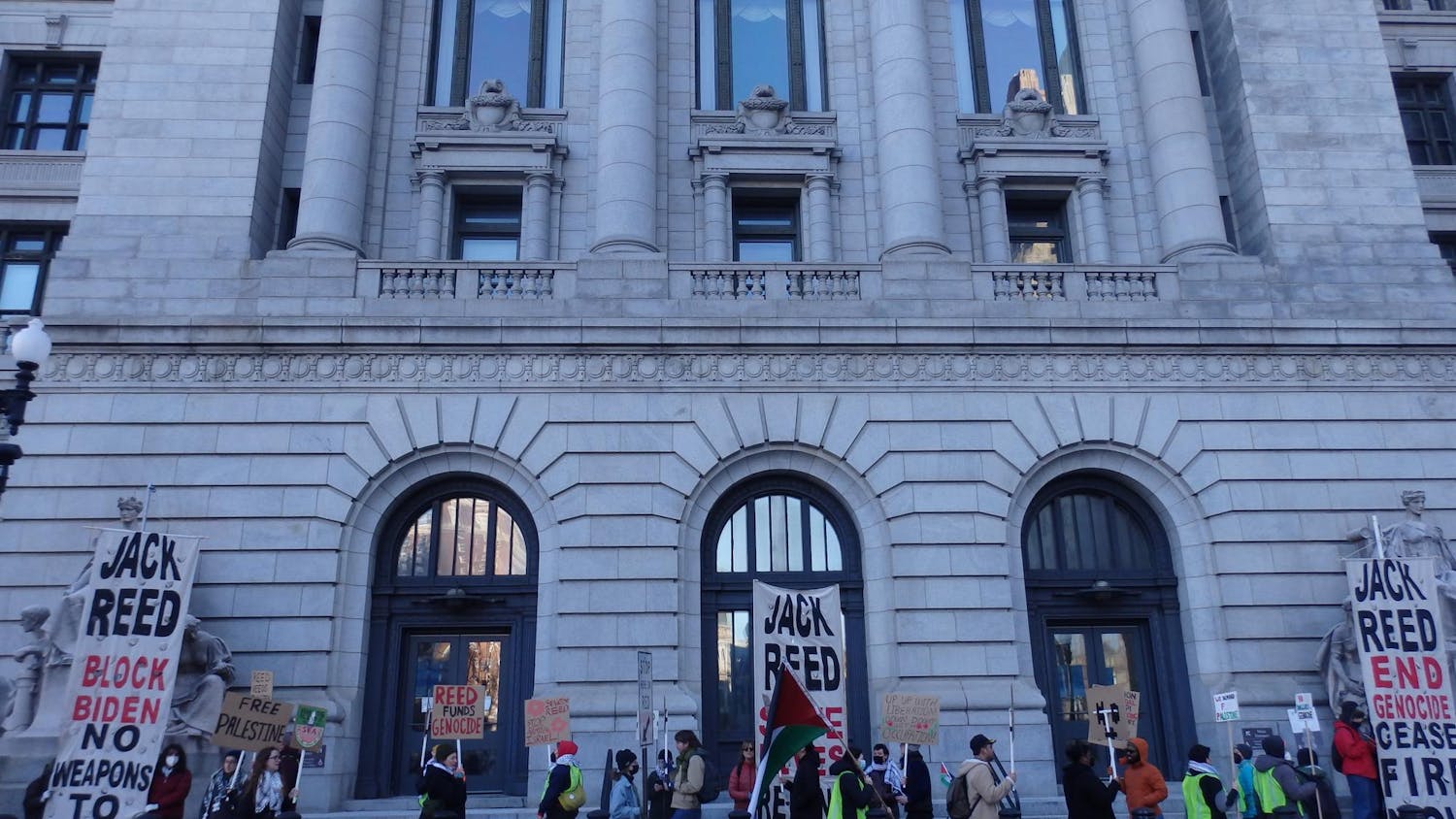Walking into Brown’s Ladd Observatory on a clear night is like stepping back to a time when the stars were new.
In August, Ladd Observatory was nominated for inclusion in Providence’s new Landmarks District, an official collection of historic sites created to integrate historic properties not located in existing historical districts.
Ladd, first opened in 1891, is one of few fully-functional observatories featuring preserved 19th-century technology, said David Targan, director of the observatory and associate dean of the college for science.
“It’s a real rarity in the world of astronomical observatories,” he added.
The Landmarks District was created as part of the city’s zoning ordinance revision, wrote Jason Martin, principal planner for the Department of Planning and Development and member of the Providence Historic District Commission, in an email to The Herald. The commission was tasked with determining which properties would be included in the new district.
In 2000, Ladd was added to the National Register of Historic Places, the National Park Service’s list of the country’s historic landmarks requiring preservation. This distinction allows Ladd to receive federal tax credits to support preservation efforts, according to the National Park Service’s website.
If selected as a Providence landmark, Ladd will gain protection under existing city regulations for historic properties. Any proposals for renovating or demolishing an officially designated historical structure in Providence must be reviewed by the Historic District Commission, according to an application form for eligible structures provided by the commission.
There are currently eight local historic districts in Providence — the Armory, Broadway, College Hill, the Industrial and Commericial Building District, Jewelry District, North Elmwood, South Elmwood and Stimson Avenue. The new Landmarks District stands out from its peers because it is not a continguous area, but a series of individual properties with historic architectural significance.
“Recognizing (and) protecting landmarks like the Ladd Observatory” is part of preserving the city’s identity, Martin wrote.
The Olneyville New York System wiener shop and the Zachariah Allen House are also proposed structures for the Landmarks District, the Providence Journal reported. The Big Blue Bug, a statue of a giant, pale blue termite that looms beside the I-95 as the mascot for a pest extermination company, is also being considered for inclusion, Targan said.
Over its 123-year history, the observatory developed a unique relationship with the city. From 1893 until 1971, Ladd transit observations sent time signals via telegraph wire to a central distribution center in Providence, providing an officially-measured accurate time across the state, Targan said.
Targan noted that Ladd has maintained its original 12-inch Brashear refractor telescope. A hand-wound clock drive operates the instrument, rotating the telescope contrary to the direction of the earth’s rotation and focusing the telescope’s gaze on a particular point, Targan said.
Martin wrote that he hopes the establishment of the new district will “start a larger conversation” about the cultural and economic contributions of historical preservation to Providence.
ADVERTISEMENT




